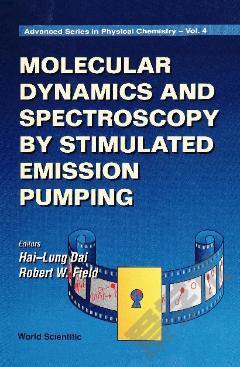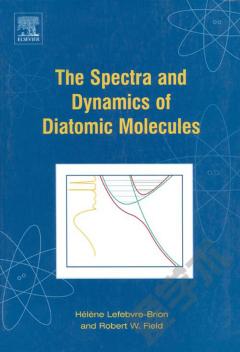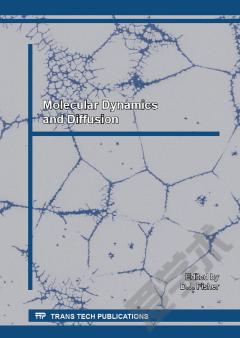Molecular Dynamics And Spectroscopy By Stimulated Emission Pumping
Since the first stimulated emission pumping (SEP) experiments more than a decade ago, this technique has proven powerful for studying vibrationally excited molecules. SEP is now widely used by increasing numbers of research groups to investigate fundamental problems in spectroscopy, intramolecular dynamics, intermolecular interactions, and even reactions. SEP provides rotationally pre-selected spectra of vibrationally highly excited molecules undergoing large amplitude motions. A unique feature of SEP is the ability to access systematically a wide variety of extreme excitations localized in various parts of a molecule, and to prepare populations in specific, high vibrational levels. SEP has made it possible to ask and answer specific questions about intramolecular vibrational redistribution and the role of vibrational excitation in chemical reactions.
{{comment.content}}








 京公网安备 11010802027623号
京公网安备 11010802027623号